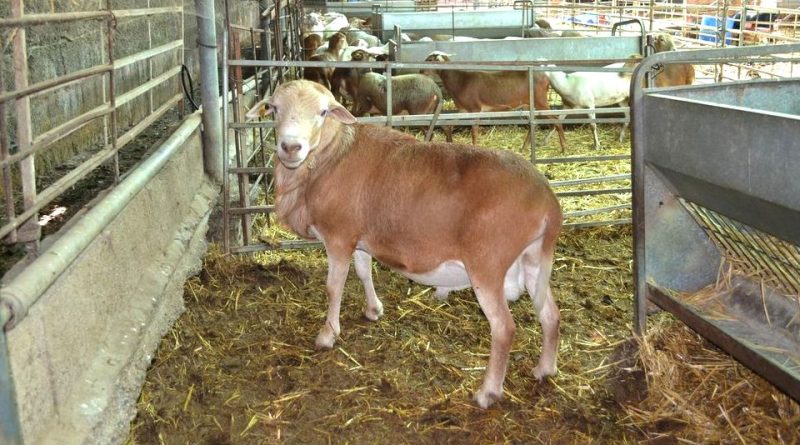Canaria de Pelo
Canaria de Pelo
The Canaria de Pelo is a sheep (Ovis aries Linnaeus, 1758) from the Canary Islands with a main aptitude for meat production.
Systematics –
From a systematic point of view it belongs to:
Eukaryota Domain,
Kingdom Animalia,
Phylum Chordata,
Mammalia class,
Order Artiodactyla,
Suborder Ruminantia,
Bovidae family,
Caprinae subfamily,
Genus Ovis,
Species O. aries,
Canaria de Pelo breed.
Geographic and Area Distribution –
The Canaria de Pelo is an indigenous Spanish breed in danger of extinction, which is currently found only in the Canary Islands, widely distributed among all the islands, but especially in Tenerife.
Origins and History –
The name of Canaria de Pelo derives from the geographical area it occupies, the Canary archipelago, and from the particularity of being devoid of wool and covered with fur.
Centuries ago the aborigines raised a hairy sheep, large and prone to fattening. Some specimens were exported to the Americas, where they adapted well, following the discovery of 1492, where they were reproduced in large numbers. A few years ago, several farmers set about reintroducing them to the Canary Islands with great success.
The name of the breed derives from the geographical area it occupies, the Canary archipelago, and from the particularity of being devoid of wool.
Morphology –
The Canaria de Pelo is a sheep of medium proportions, with a convex or sub-convex profile, a nervous temperament and a slaughterhouse biotype.
The hair is variegated in color, with shades ranging from light red or washed to dark red; it is also possible to find red, black belly, white and black specimens.
The leather is devoid of wool, although it may be present on the back.
The average weight is 70 kg for males and 50 kg for females.
Productive attitude –
The Canaria de Pelo sheep breed is bred mainly for meat production and is associated with areas where bananas and tomatoes are intensively cultivated, playing a fundamental ecological role in the production cycle. Consume by-products, both from production and packaging. It also produces the manure necessary to maintain the fertility of agricultural land. It is undoubtedly a fundamental element in the recovery of some agricultural residues.
Regarding the breeding data are the following:
– Female maturity age (months): 12;
– Male maturity age (months): 12;
– Average age of male breeders (months): 48;
– Average age of female breeders (months): 60;
– Average age at first birth (months): 18;
– Calving interval (days): 240;
– Number of deliveries per year: 1.5;
– Litter size: 1.4;
– Productive lifespan (years): 8.
The typical production of this breed is lamb of 15.20 kg and manure.
Guido Bissanti
Sources-
– Wikipedia, the free encyclopedia.
– Daniele Bigi, Alessio Zanon, 2010. Atlas of native breeds. Cattle, horses, sheep and goats, pigs reared in Italy, Edagricole-New Business Media, Bologna.
Fone photo:
– https://www.mapa.gob.es/es/ganaderia/temas/zootecnia/razas-ganaderas/razas/catalogo-razas/ovino/canaria-pelo/default.aspx

